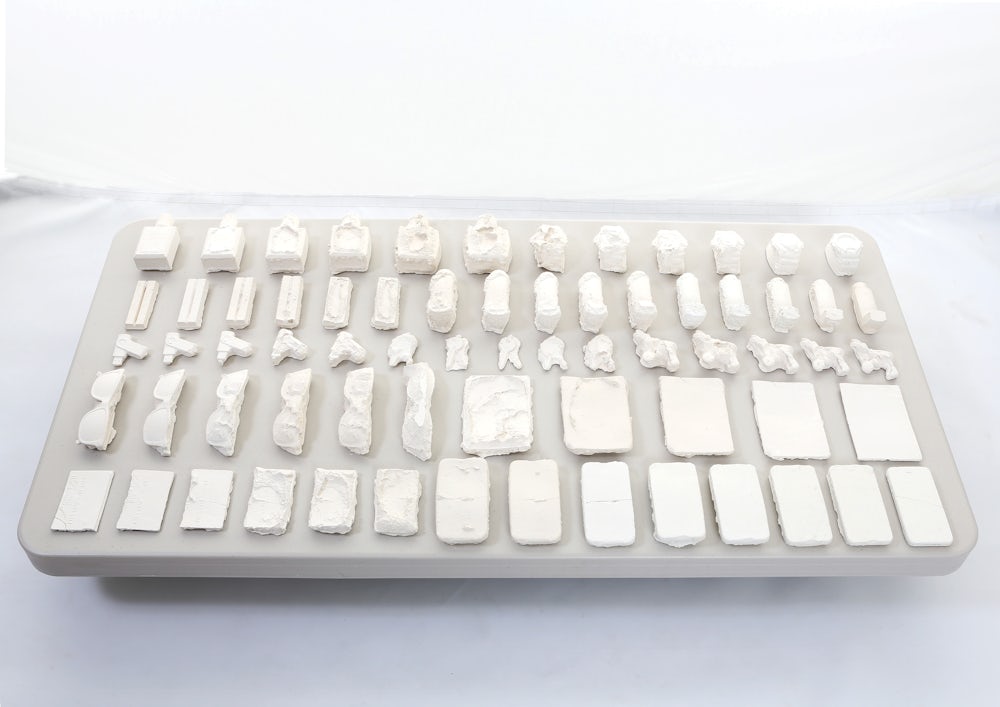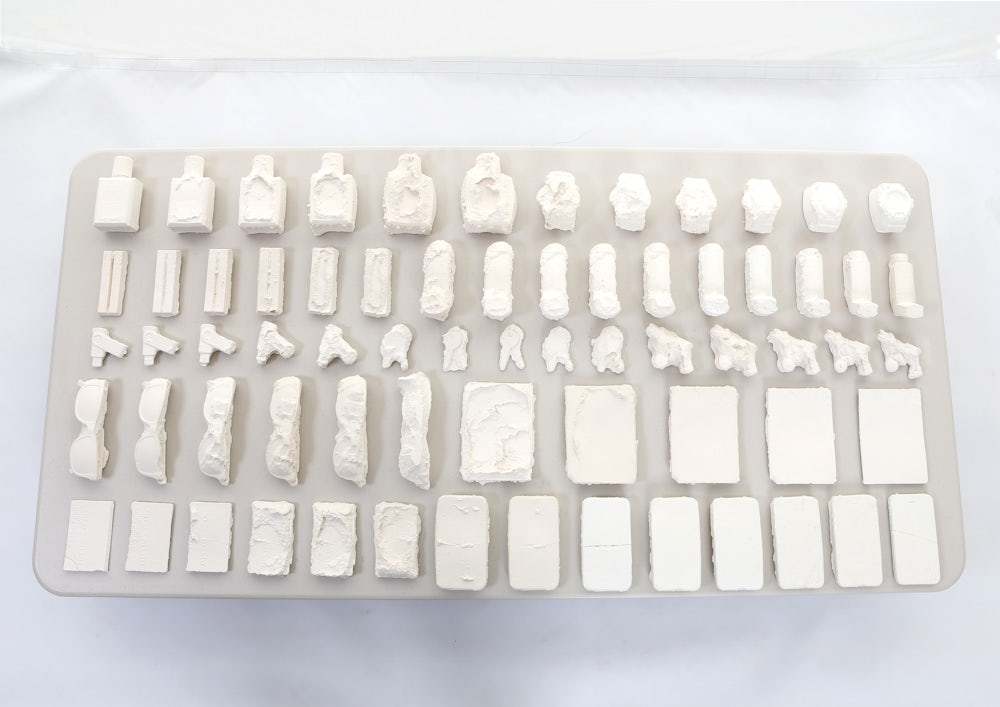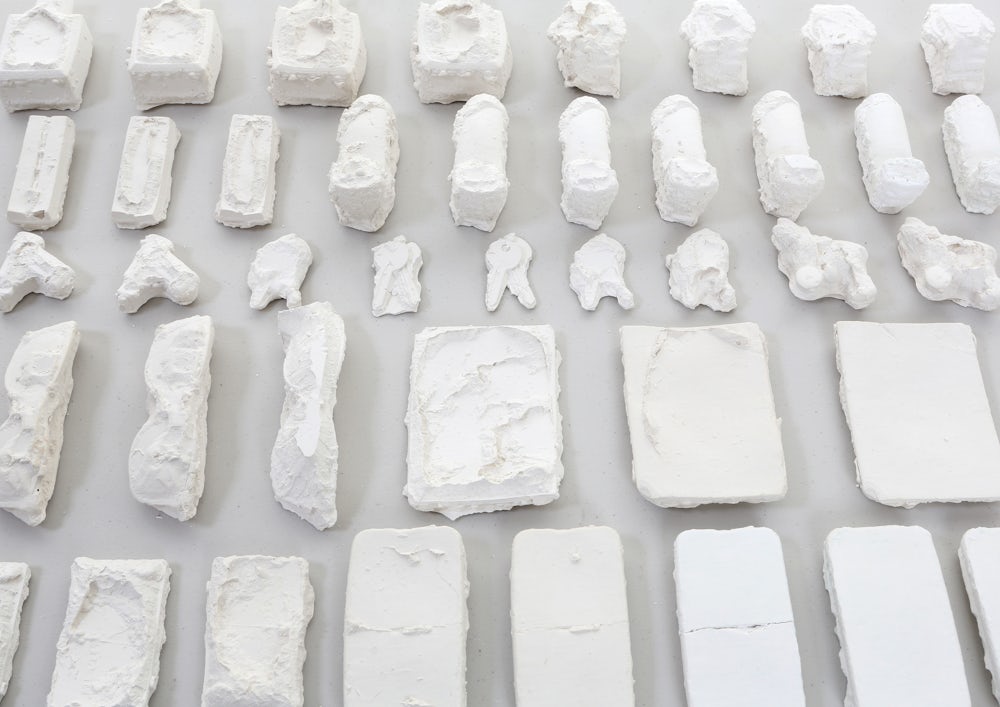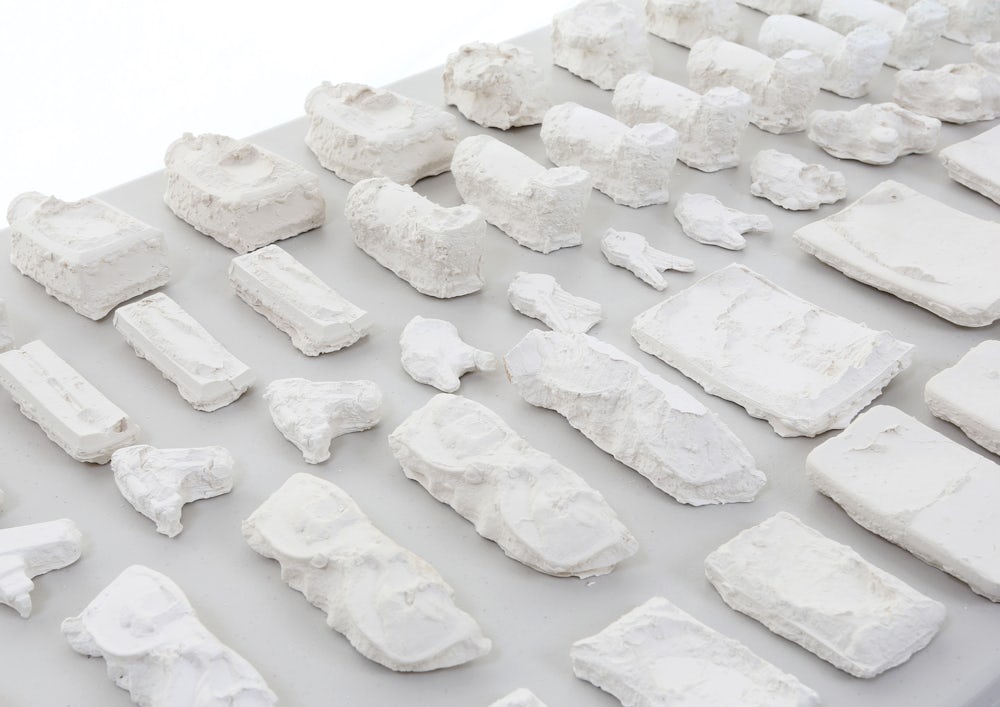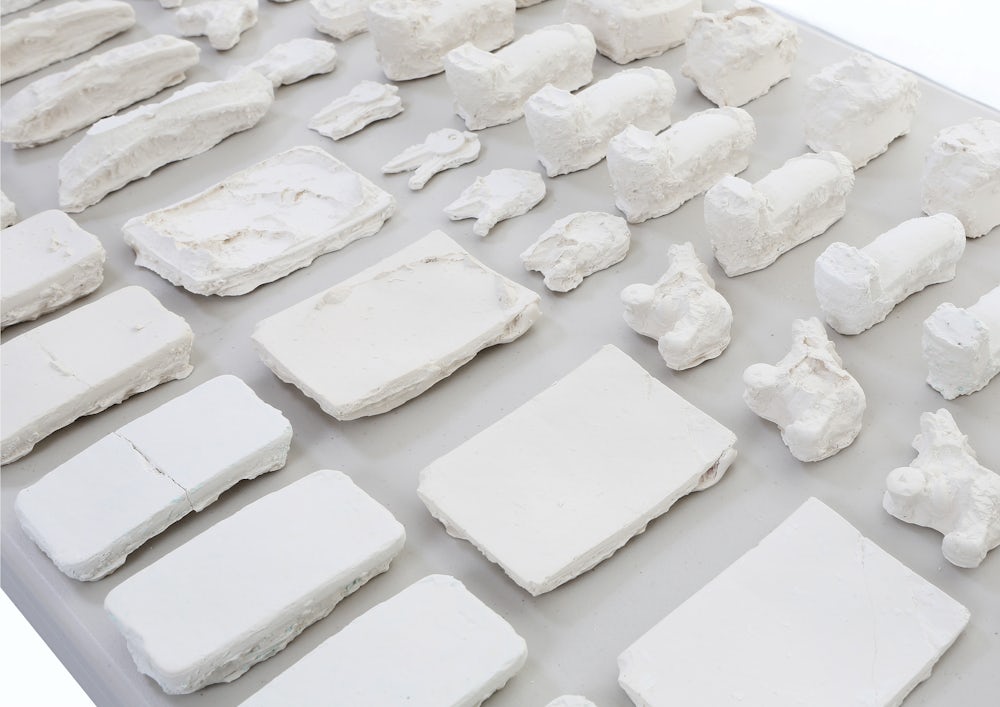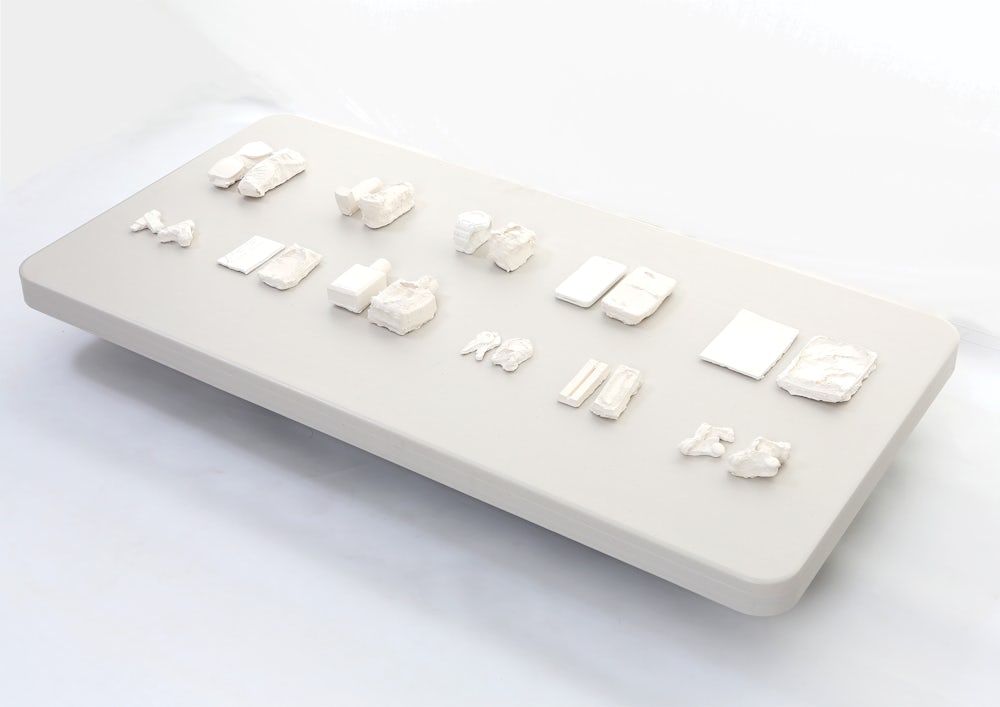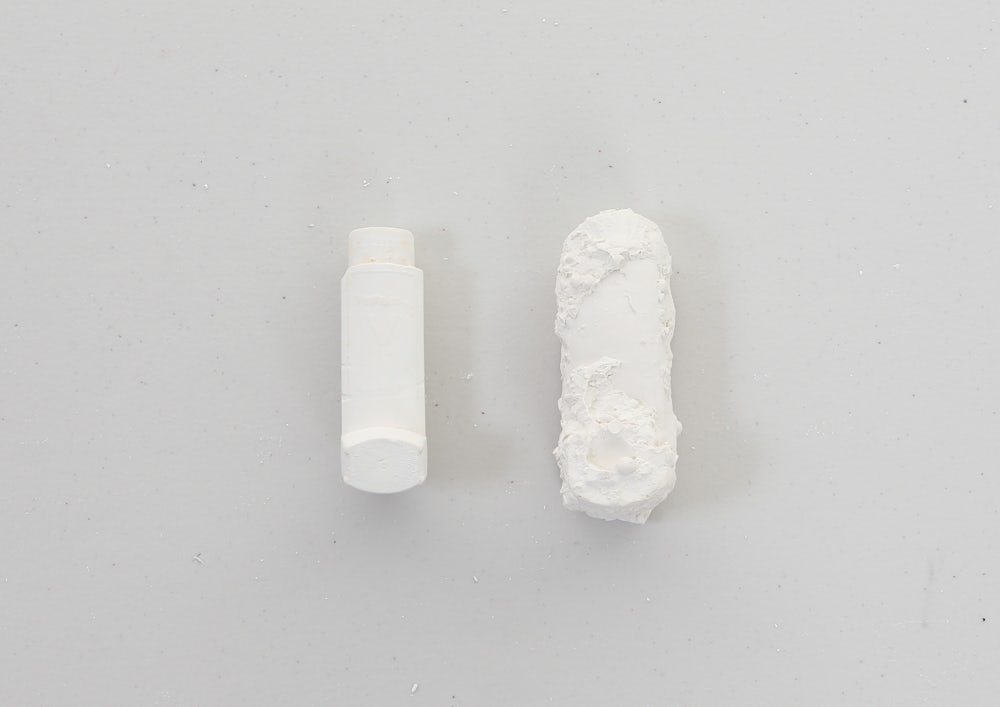Remi Kuforiji
"Animism in Consumerism"
Section MS8, Tania Lopez Winkler
Keywords: objects, narrative, consumption
For my media studies project, I imagined a fictional character called Finn. Finn – a generation Z teenager - has been raised in a jungle of capitalism and consumerism. He loves objects; toys and devices. Something to entertain him-self with, when he is lonely. As a child, Finn loved figures such as Transformers; as a young boy he became obsessed with Pokémon cards; as a young teenager, he was addicted to his PlayStation and game disks. Getting older, Finn has become more pragmatic and mature, however, his need for having objects has never left him. His designer watch never leaves his wrist, his earphones never leaves his ear, his iPhone never leaves his sight.
Reflecting upon his inherent need to buy, use and replace, Finn begins to question his sense of self within a capitalist society. What is the real reason for this object-centric lifestyle? Are the objects substitutions of interactions with people? Do we instil part of our soul into these objects? Are we our objects?
Whether we use them in private or public spaces, our objects tell our stories. We share an unspoken and often disregarded connection between our being and our objects. In comparison to indigenous communities which attribute a living soul to nature, western people influenced by capitalist governance subconsciously attribute a living soul to their objects, or possibly a fraction of their soul.
In an effort to disassociate himself from the pressures of consumerism, Finn will systematically choose everyday objects, which contain a special meaning, emotion or a personality. He will create an alginate mould of the objects, before casting them into plaster. This will be repeated until the form, function and meaning of the original object is lost. This process of reproduction and loss of detail will be presented on a white tabletop, slightly raised off the ground, allowing distance between the viewers and the objects, so that the corrupted forms all assimilate into a sea of unfamiliarity. Only upon closer inspection, will these forms reveal what they once were.
The vast number of repetitions will be curated equally on a flat white plane, spatially representing Finn’s active wish to disengage from the system by which he has been absorbed. His previous lifestyle of excess and his aspirational lifestyle of minimalism will be condensed and curated into a tabletop: a blank canvas.
There is no fixed amount of objects Finn intends to produce. He will continuously reproduce objects from his everyday life until he can no longer recognise the original object. Through the obsessive act of casting an object, then casting the cast, and then casting that cast, and so forth, Finn wishes to no longer feel attached to the original objects, as they have been destroyed through this mediation. This mediation is the discovery and/or the erasure of Finn’s identity.

